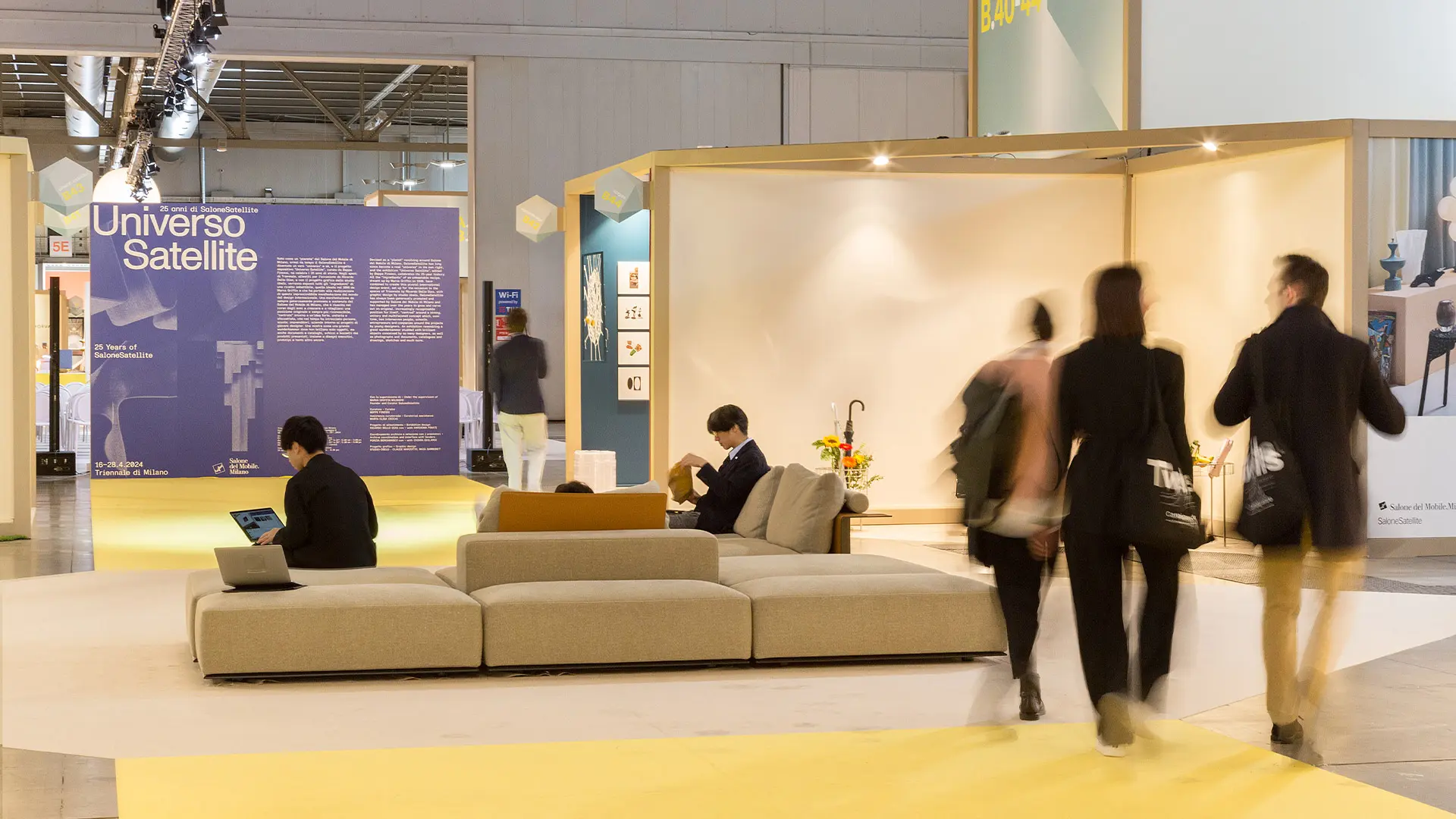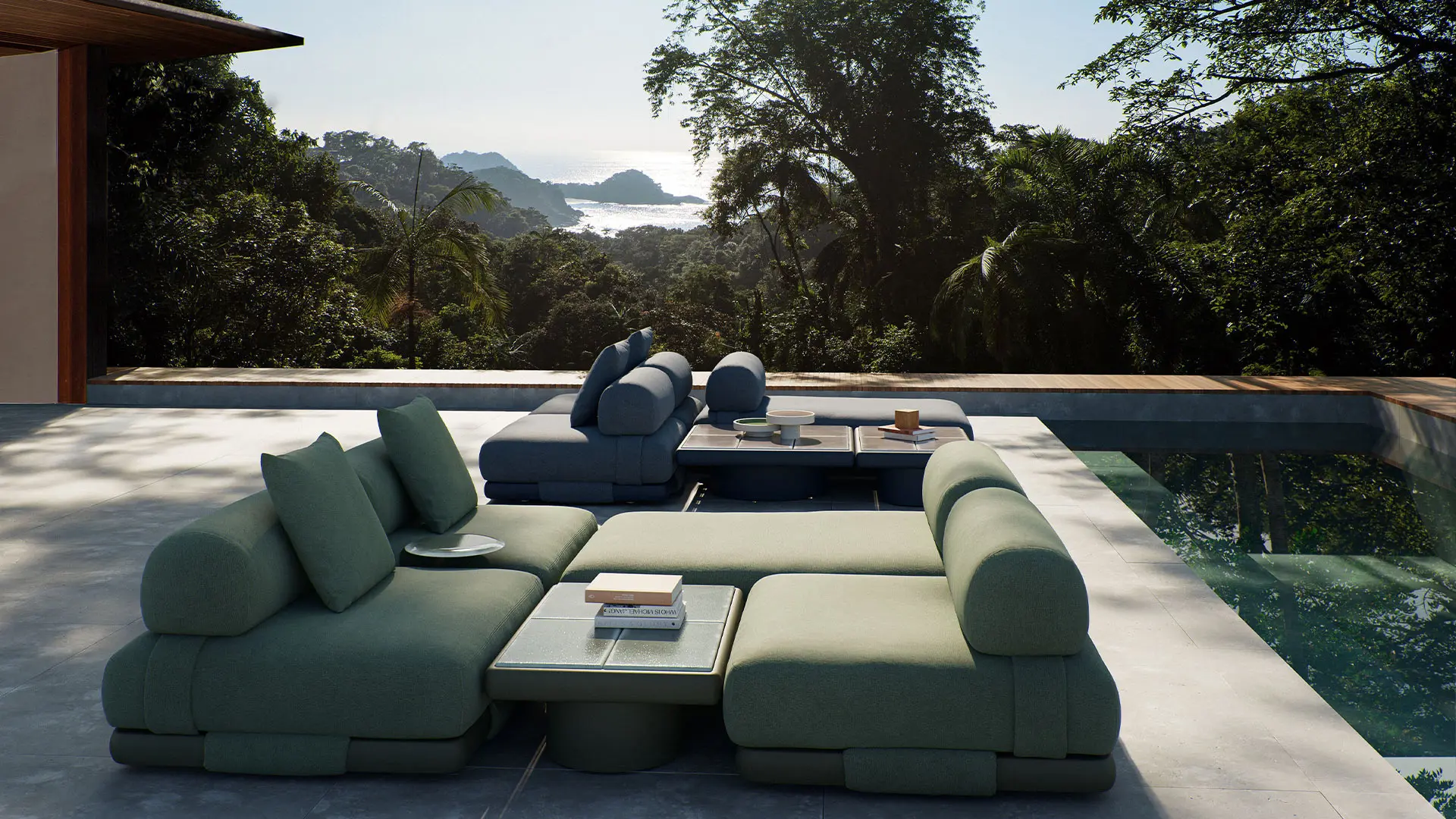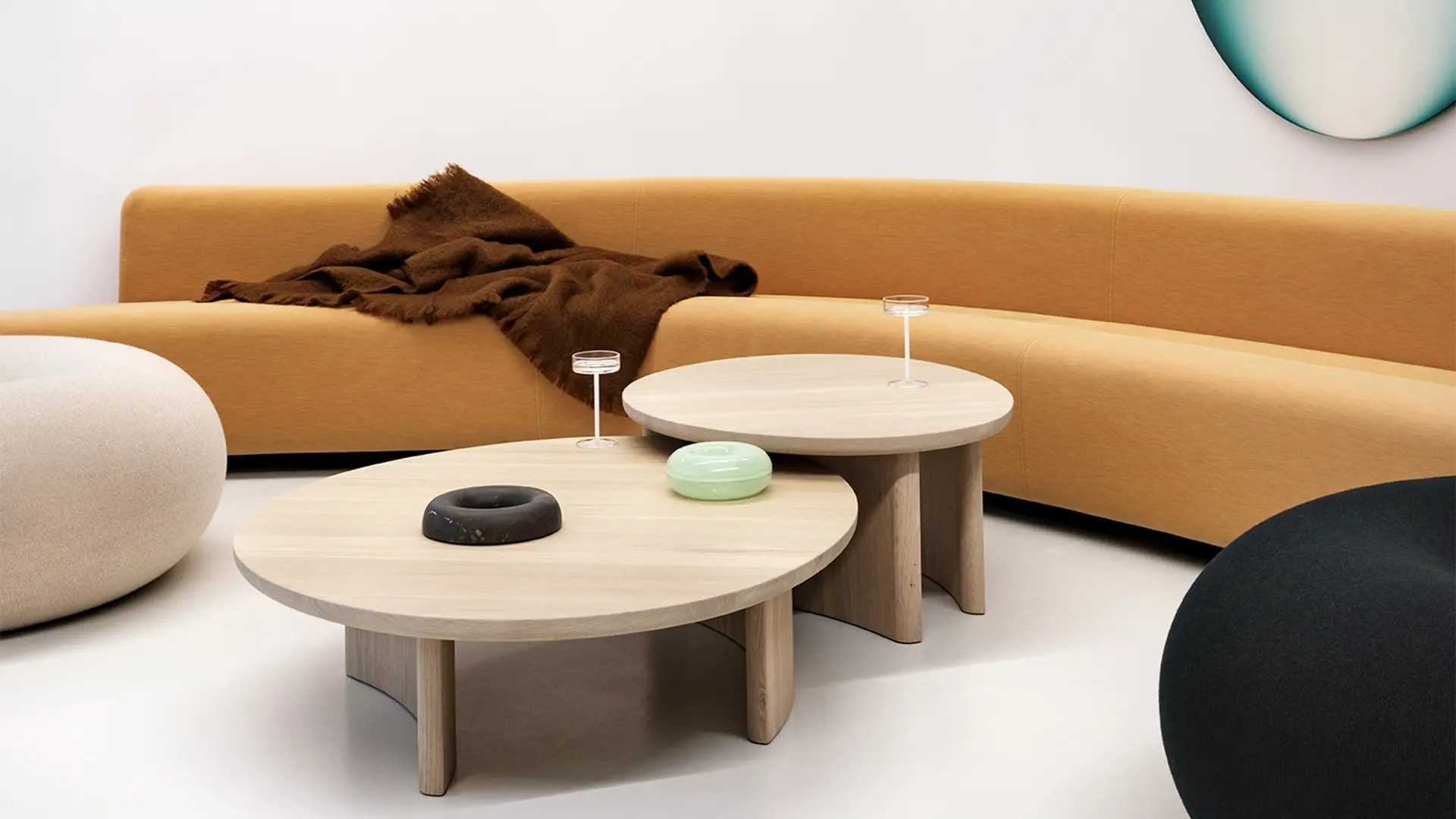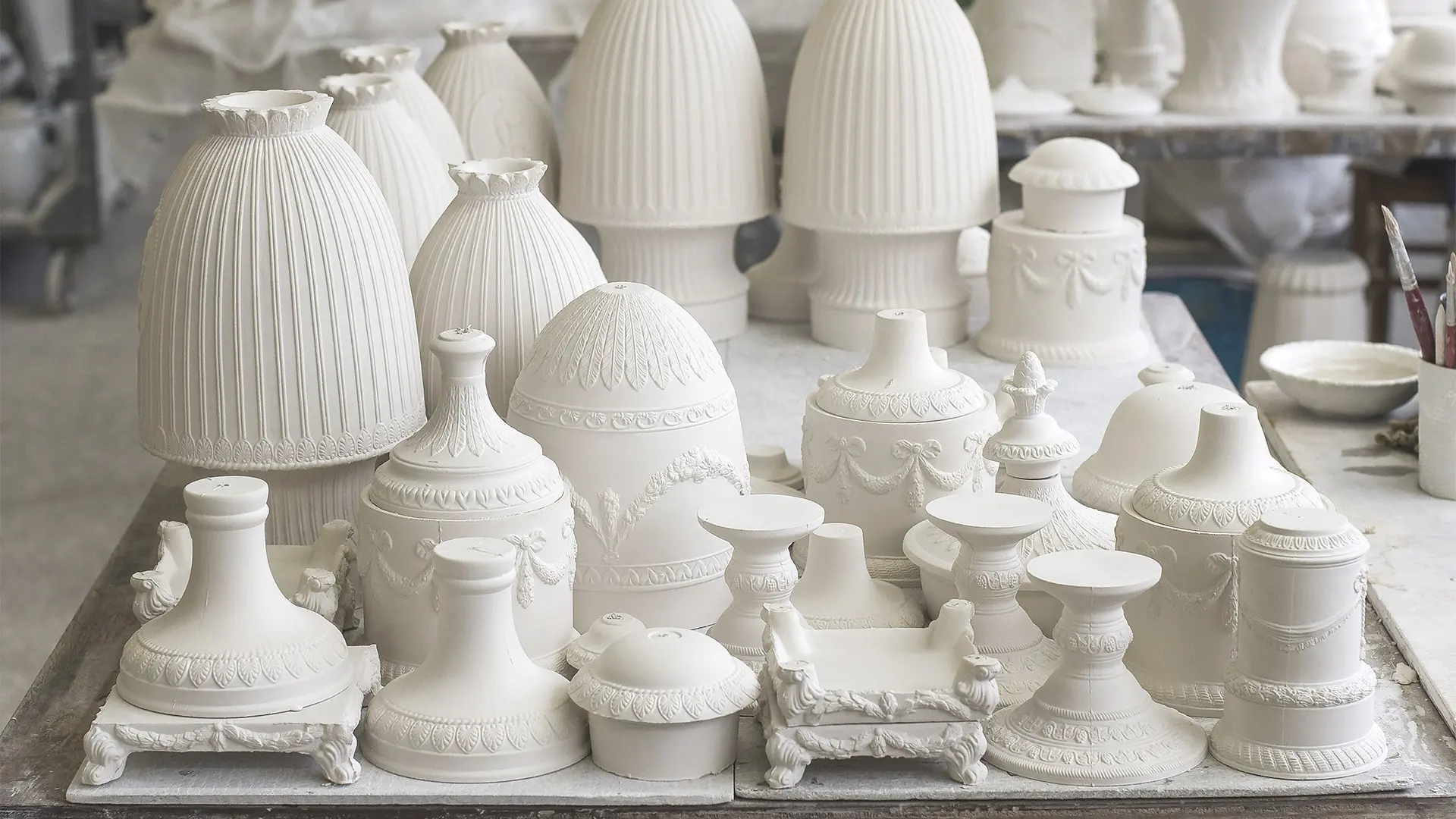Hans Ulrich Obrist: “It’s important to invest in projects capable of bringing people together, of uniting”
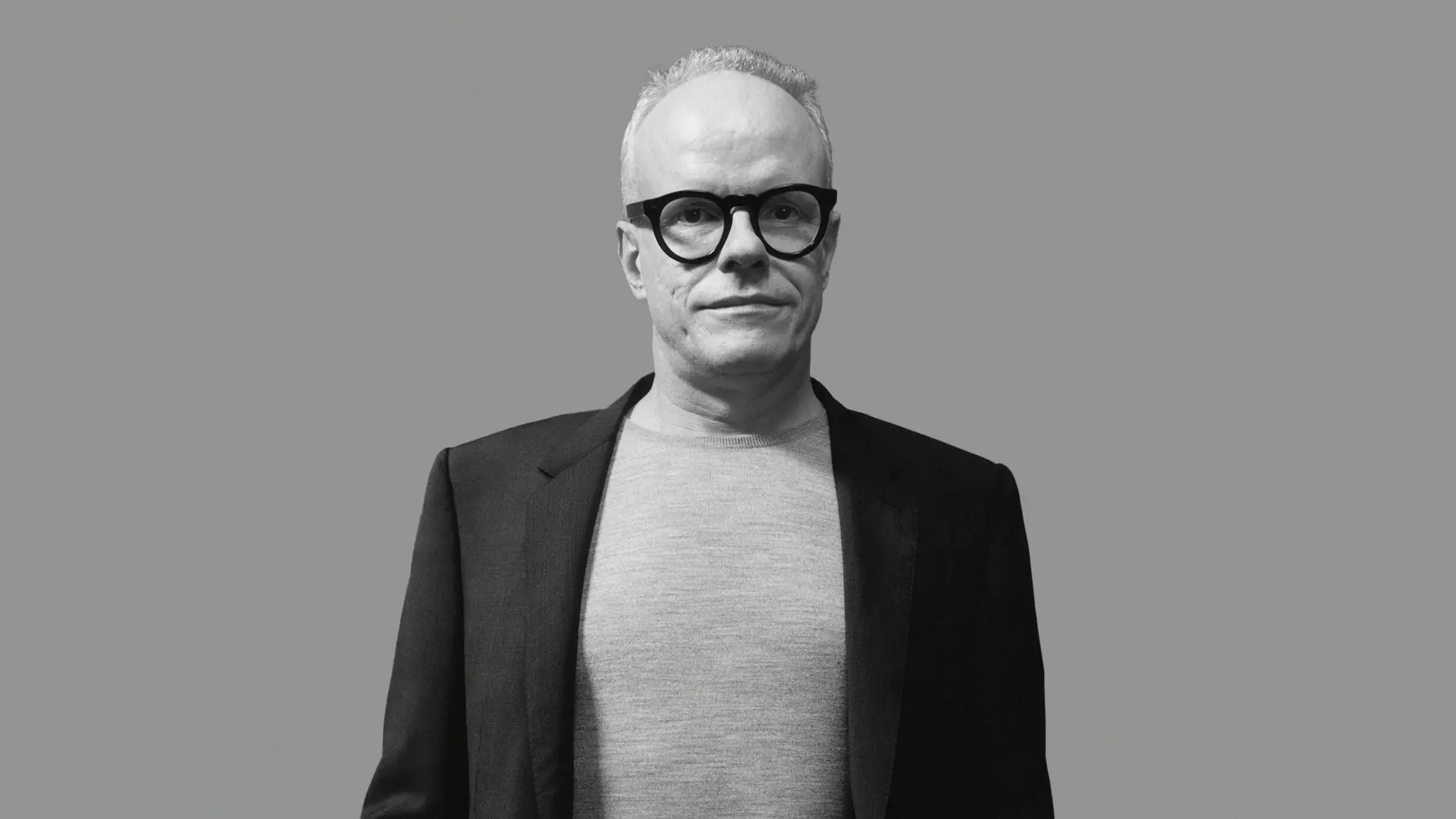
Hans Ulrich Obrist - Ph. Tyler Mitchell
The memory of Enzo Mari, the insights of Édouard Glissant and the dream of the most authoritative of contemporary curators. One who is not afraid of artificial intelligence and challenges the algorithm with the unpredictable force of empathy
Architect and artistic director of the Serpentine Galleries in London, Hans Ulrich Obrist is undoubtedly the most authoritative curator on the contemporary intellectual scene. Self-effacing and reserved, but always ready to listen, he collects autographed post-it notes with dedications from the protagonists of the world of art, architecture and design. His world is a wallpaper of yellow tiles chosen to map the infinite possible connections between disciplines and fields of knowledge. Union, dialogue and empathy are three words that come up in this long telephone conversation. And never by chance.
“In an age like the one we live in, which is very polarized, I believe it is important to invest in projects capable of bringing people together, of uniting them.” Hans Ulrich Obrist sees overcoming the individualism that is the dominant outlook as the only way to go. Formafantasma have successfully attempted this. “Cambio, the exhibition that opened in 2020 at the Serpentine Galleries, is a model for the construction of knowledge that set the standard.” The rings of a tree trunk are the measure of a research project that for the first time combined conscience and knowledge with the sole aim of caring for the environment. “Today there is greater awareness of the urgencies imposed by the climate crisis: projects seem to be converging towards the same field of action,” with an effective impact on production processes. Rethinking the times of consumption, slowing down, extending the horizon: “These are not new concepts. Enzo Mari has never ceased to remind us that design can only be defined as such as long as it lasts.” Endurance, resistance: Obrist returns several times to the philosophical concept of the ‘longue durée’, as opposed to fast mode. “A tribute to the French theorist Fernand Braudel and the great Italian master,” whose exhibition, co-curated with Francesca Giacomelli and inaugurated at the Triennale in 2020, has migrated to the Design Museum in London. Enzo Mari has influenced many young designers, in Italy and abroad, and his proverbial radicalism, as a man and a professional, remains a point of reference: “His work is an indispensable tool box for those approaching this profession.”
In Remember Nature: 140 Artists’ Ideas for Planet Earth, the book he co-authored with Kostas Stasinopoulos (published by Penguin), the curator listens to current events to gather a broad selection of artists, architects and designers whose practices are differently engaged. Martino Gamper, but also Maya Lin, the architect who designed the deeply moving Vietnam War Memorial on the Mall in Washington. In 2021 she planted 49 dead trees in Madison Square Park. “Ghost Forest, the name of the installation, is her way of denouncing the effects of the climate crisis.” Another committed designer is Es Devlin. “The artist and costume designer who styles the sets for Beyoncé’s tours has set up The Sphere in Las Vegas: a mega sphere for projecting images of more than 4000 endangered species.” In Nevada alone. And again: “Andrea Bowers, with Chandelier of Interconnectedness and Political Ribbons, transforms art into an act of denunciation in defense of the environment. While Alexandra Daisy Ginsberg uses artificial intelligence to cultivate the garden of wonders. A pollinator-friendly place where bees and insects can find shelter, refreshment and contribute with their tireless work to the survival of the planetary ecosystem.” Contrary to what we might think, the opposite of the speed of fast design is not slow, but activism. Slowness is a romantic word that belongs to the past, the present calls for action.
What influenced the creative change of pace of today’s creatives is not clear. “What is certain is that the theme of caring for places and objects is increasingly central to the design explorations of young and old. The creative landscape is being populated by communities of professionals who put systems and materials at the center of their creative processes, which grow, change and are modified because they are alive.” The impact of artificial intelligence, augmented reality and the metaverse on design and architecture is also a theme at the center of the reflections of the director of the Serpentine Galleries.
“We all know the story of Demis Hassabis. The CEO of Google DeepMind managed to train an algorithm capable of beating the world’s best GoPro player.” It seems impossible, but it happened. “If tomorrow’s challenge were to train an artificial curator to write an exhibition, I would put myself on the line, confident that the public knows how to grasp the difference.” Naturally he would win easily, and not only because of his reputation. “Just as there are no poems created by artificial intelligence,” he points out. “Curatorship is the same. Because the empathy that art forms transmit is not information that can be replicated by an algorithm but by a programmer,” he concludes seraphically, as always open to dialogue.
Caught between dystopian scenarios and green paradigm shifts, what is clear is that design, on its own, does not have the power to reverse the course of a world adrift. Ecology has to be considered a criterion of evaluation on a par with profit. To tackle the climate emergency, our entire society must radically change its strategy: “The stop imposed by Covid has demonstrated what the French sociologist and anthropologist Bruno Latour claims, namely that “Gone is the infinite space; now you are responsible for the safety of this overbearing dome as much as you are for your own health and wealth. It weighs on you, body and soul. To survive under these new conditions we have to undergo a sort of metamorphosis.” The pandemic was just a dress rehearsal for what lies ahead. “We need to broaden our vision, observe and embrace complexity: discrimination and privileges, identitarian clashes and disabilities, social, gender, class and religious differences. Because the environment is an issue in which multiple fragilities converge that only an intersectional approach can help us understand.” Édouard Glissant, one of the best-known philosophers in the world of art, design and architecture, placed plurality at the center of his reflections. “As current events also demonstrate, we desperately need unity, a horizon that believes in the value of the common good against isolationism,” because the pressures towards globalization are increasingly strong and dangerous. “The risk of becoming entrenched in forms of extreme nationalism or, on the contrary, of being overwhelmed by a rampant homogenization of differences, is already evident. Resisting and mediating is a form of collective project that can become the manifesto for a new and renewed global dialogue,” because as Glissant writes, “it is in the exchange with the other that our identity is enriched and becomes more interesting. We need a form of “worldmentality” capable of stemming the pressures of globalization and opening the doors to a new, more tolerant and inclusive sensibility. A goal that can only be achieved by investing in education. “The school of the future can only replicate the approach tested by Black Mountain College, the North Carolina institute famous in America in the fifties,” a decidedly innovative teaching model, in which Albert Einstein and Josef Albers exchanged knowledge and students. “The survivors told me about a large community where students and teachers lived together and together laid the foundations for a new kind of all-round knowledge,” concludes the curator. “It is always a question of union, dialogue and project.” The project in Hans Ulrich Obrist’s thoughts. Ad maiora. —






